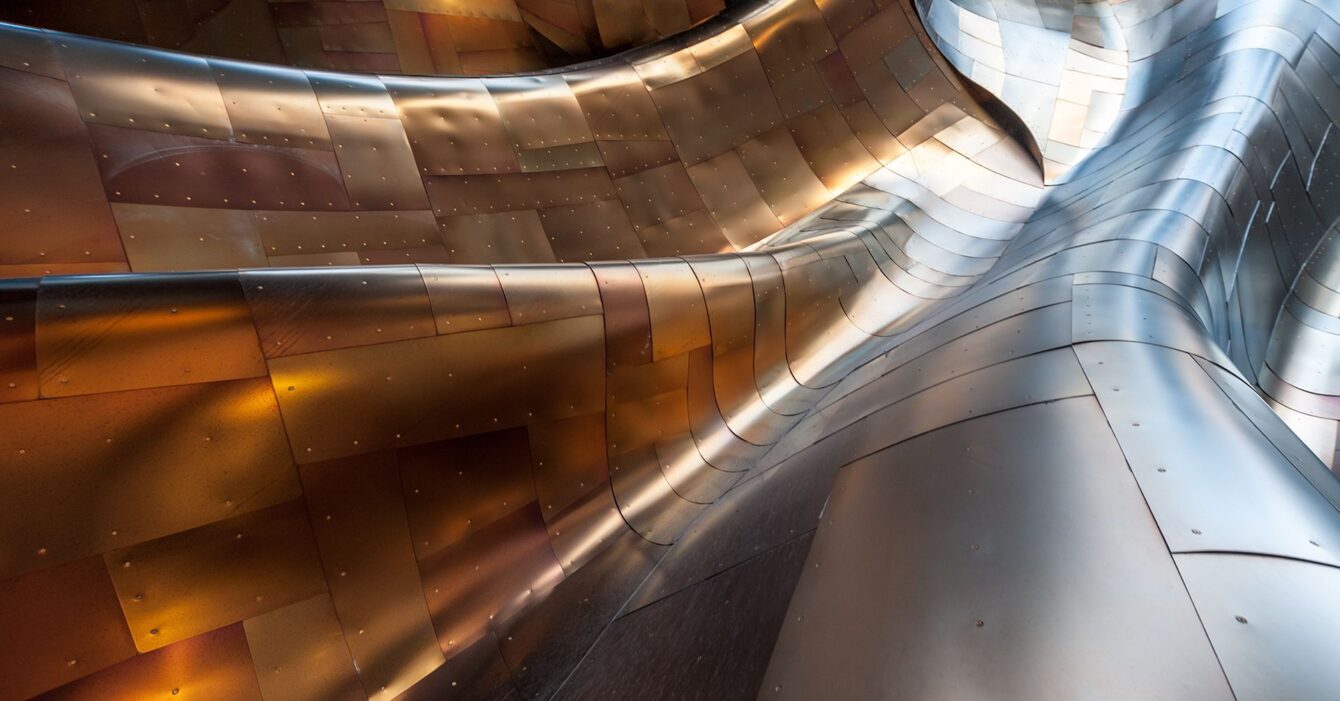
fabrication drawing
A fabrication drawing, often simply referred to as a fab drawing or shop drawing, is a detailed technical document used in various industries, including manufacturing, construction, engineering, and metalwork. These drawings provide precise instructions and specifications for fabricators, manufacturers, or contractors, guiding them in the assembly, fabrication, or construction of a particular component, structure, or product. Here are the key components and purposes of a fabrication drawing:
- Detailed Illustrations: Fabrication drawings contain detailed 2D or 3D illustrations, diagrams, and plans that depict the specific component or structure to be fabricated. These visual representations provide a clear and accurate reference for the fabrication process.
- Technical Information: They include comprehensive technical data and specifications, such as dimensions, tolerances, materials, welding symbols, and surface finishes. These details ensure that the fabricated component meets design requirements and industry standards.
- Assembly Instructions: Fabrication drawings often include step-by-step assembly instructions, indicating how individual parts should be assembled to create the final product. This includes details on fasteners, welding, or other joining methods.
- Material Specifications: They specify the type, grade, and quality of materials to be used in the fabrication process. This ensures that the correct materials are selected and that they meet the desired performance and safety standards.
- Cutting and Machining Details: Fabrication drawings may provide instructions for cutting, machining, or shaping materials, including specific tooling requirements and techniques.
- Welding Details: If welding is involved, fabrication drawings typically feature welding symbols, weld joint configurations, and welding specifications. These are critical for ensuring the strength and integrity of welded connections.
- Bills of Materials (BOM): A BOM is often included in fabrication drawings, listing all the components, parts, and materials required for the fabrication process. It helps in inventory management and material procurement.
- Quality Control Information: Fabrication drawings may include information related to quality control and inspection, specifying critical dimensions and tolerances that need to be checked during and after fabrication.
- Revision History: Proper documentation of revisions is important, as changes may occur during the fabrication process. Fabrication drawings should include a revision history to track any alterations or updates made to the original design.
- Compliance with Standards: These drawings must adhere to industry-specific standards and codes to ensure safety, quality, and compliance with regulations.
- Coordination: Fabrication drawings facilitate coordination between different trades or departments involved in the project, such as designers, fabricators, and quality control teams.
- Approval Process: Before fabrication commences, fabrication drawings often go through an approval process to ensure that they align with the design intent and project specifications. Architects, engineers, or project managers may review and approve these drawings.











